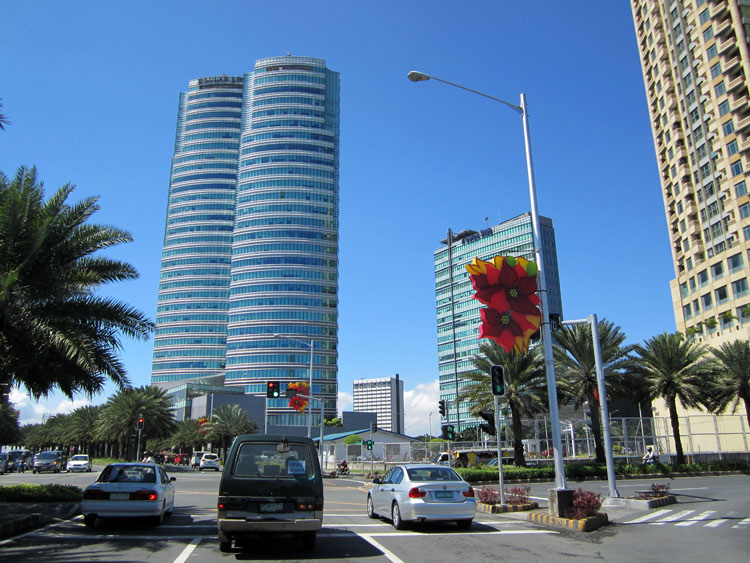The Philippines and India are two of the world’s top outsourcing destinations. India has long been a top of mind country when it comes to outsourcing, however, in recent years the Philippines has become the industry’s leader for contact center outsourcing. Currently, in the Philippines, BPOs employ over 1.2 million employees. Companies based in the United States are the leading user of BPO services in the Philippines. They account for 60 percent of all BPO services provided. Australian companies are the second largest market with the United Kingdom coming in a close third.
Both countries share many similarities with each other hence the reason for their popularity with multinationals and especially IT-BPO from the US, Australia and Singapore looking to outsource operations or staffing requirements in a move to reduce business and operational costs.
From the countries deep talent pools, labor costs and advancing infrastructure, we dissect the different facets of the Philippine and Indian BPO markets.
Education & English Proficiency

While both countries are at high standards, India and the Philippines share varying degrees of English proficiency.
The Philippines is one of the most prolific countries in Asia in terms of English speaking skills, ranked 2nd by the EF-EPI and 14th overall globally in terms of English literacy. The Philippines has a 92.5 percent English proficiency rate, and their English comes with the accent neutrality many companies look for in their customer support departments.
While India is ranked as one of the best English-speaking nations worldwide, ranking 4th in Asia and 28th worldwide for English literacy, it is worth noting that The Associated Chambers of Commerce and Industry of India, noted that 70 percent of all incremental domestic business process outsourcing (BPO) businesses, particularly call centers were being lost to the Philippines with issues of accent neutrality specifically being cited as a contributing factor.
In terms of talent, 16 million Indians enter the labor force annually. The only extant issue with the Indian workforce is the shortage of skilled IT workers. Currently, there is an internal demand-supply gap for IT-related jobs in India, with only 140,000 qualified employees across 500,000 jobs. Information Technology positions are some of the most in-demand jobs in outsourcing, growing at a CAGR of 6.2% and is expected to reach $481.37 billion in revenue by 2022. While both countries are almost on equal footing in terms of talent, the Philippines has a marginal advantage over India given the latter’s current shortage of IT professionals.
Hence why many companies worldwide see outsourcing to the Philippines and India as a practical business strategy.
Labor Costs

India’s labor market is advantageous for multinationals looking for a practical outsourcing option. India offers comparatively low labor costs compared to other countries. For context, the average monthly salary of a contract worker in India is 10,582 INR ( $148 USD.)
Specific jobs that are highly outsourced, such as the Customer Service Representative position, has an average pay of just 220,656 rupees per year ($3,091 USD.) Meanwhile, the Web Developer position has an average salary of 284,349 rupees ($3,983.34 USD) annually. Compared to the US, the salary differences for the CSR ($34,288 in the US) and Web Developer ($58,508 in the US) positions are lower by 91% and 93% respectively.
On the other hand, salaries in the Philippines are just marginally higher than those in India. Outsourced CSRs in the Philippines make PHP 205,417 ($3,925 USD) annually while Web Developers in the Philippines make PHP 274,421.24 ($5,243.)
While India edges out the Philippines in terms of salary costs, the Philippines arguably offers a better work environment due to the hardworking and cheerful nature of Filipinos which results in a strong focus on delivering customer satisfaction.
Infrastructure

The Philippines is unique in that it boasts modern infrastructure even outside of Manila. Multiple provinces such as Cebu and Iloilo have even emerged as IT-BPM hotspots as a result of the country’s rapid infrastructure developments. Most of the buildings in the country, such as One Griffinstone and ORE Central are LEED Certified, meaning that these structures conform to the highest standards of environmental safety and energy conservation.
The country also boasts a rapidly developing connectivity infrastructure. Fiber internet is now easily accessible, and multinationals can even choose to have multiple ISPs to ensure that internet access is always available.
India boasts impressive infrastructure as well. Bangalore and Delhi are home to aesthetic and modern buildings perfect for IT-BPM operations prompting multinationals to do business in the country. The country is also equipped with a highly developed internet connectivity infrastructure, allowing business to run seamlessly.
Overall, while the Philippines and India are fairly matched in the global outsourcing market. India’s salary costs are lower, but shortages for certain positions and small English fluency problems can be problematic for some multinationals. Meanwhile, the Philippines has slightly higher rates, but makes up for it with modern and “green” infrastructure, coupled with problem-free English communication skills.
KMC is a Staff Leasing provider in the Philippines that assists multinationals to establish operations in the Philippines while achieving 70% savings on staffing and business needs. For more information visit our website today.


What are your thoughts on Outsourcing in Asia: Philippines vs. India? Let us know all about it.
Posted by Kyle Edriel Tomagan
Kyle Tomagan co-manages Workspace in Asia. A writer with a knack for research and in-depth storytelling, he brings ingenuity and flair to any piece he writes; be it about flexible workspace, politics, video games, comic books, or sports.
Google+Comments